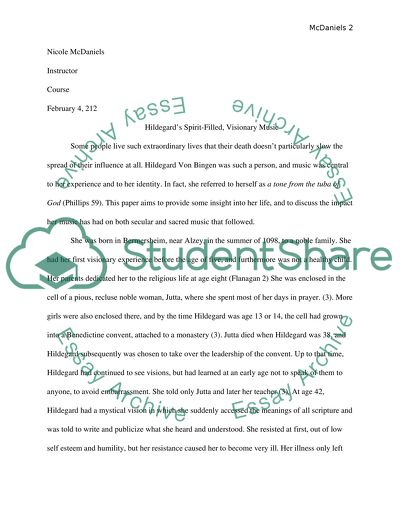Cite this document
(“Hildegard's Spirit-Filled, Visionary Music Term Paper”, n.d.)
Retrieved from https://studentshare.org/music/1441926-write-on-theinlfuences-and-contributions-hildegard
Retrieved from https://studentshare.org/music/1441926-write-on-theinlfuences-and-contributions-hildegard
(Hildegard'S Spirit-Filled, Visionary Music Term Paper)
https://studentshare.org/music/1441926-write-on-theinlfuences-and-contributions-hildegard.
https://studentshare.org/music/1441926-write-on-theinlfuences-and-contributions-hildegard.
“Hildegard'S Spirit-Filled, Visionary Music Term Paper”, n.d. https://studentshare.org/music/1441926-write-on-theinlfuences-and-contributions-hildegard.


